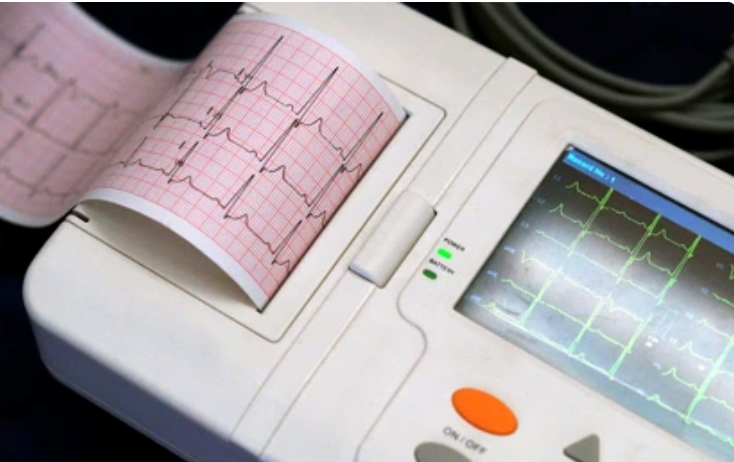Chapter 1: Introduction


Introduction:
Our ECG Online Course is designed for healthcare professionals, students, and anyone passionate about understanding the heart’s rhythm. With interactive modules, real-world case studies, and expert guidance, you’ll gain the knowledge and confidence to interpret ECGs accurately.
What You Will Learn:
- The fundamentals of electrocardiography and cardiac anatomy.
- Step-by-step interpretation of ECG waveforms.
- How to identify arrhythmias, ischemia, and infarction.
- Practical skills for analyzing 12-lead ECGs.
- Advanced techniques for rhythm strip analysis.
Quick Electrocardiogram Review Course Outline:
How to Read an ECG
Normal Sinus Rhythm (NSR)
Sinus Bradycardia
Sinus Tachycardia
Torsades de Pointes
Supraventricular Tachycardia (SVT)
Ventricular Tachycardia
Asystole
Atrial Fibrillation
Atrial Flutter
First-degree Atrioventricular (AV) Block
Second-degree Atrioventricular (AV) Block, Type 1
Second-degree Atrioventricular (AV) Block, Type 2
Third-degree Atrioventricular (AV) Block
Ventricular Fibrillation
Premature Atrial Contractions
Junctional Rhythm
Premature Junctional Contractions
Premature Ventricular Contractions (PVCs)
Pulseless Electrical Activity (PEA)
Myocardial Infarction
Bundle Branch Block (BBB)
The resulting ECG waveform provides valuable information about the heart’s functioning, including:
1. Heart Rate: The number of heartbeats per minute.
2. Rhythm: The regularity or irregularity of heartbeats.
3. Conduction Delays or Blocks: Any interruptions or abnormalities in the electrical pathways.
4. Heart Chamber Enlargement: Changes in the size of the heart’s chambers.
The ECG is used for various purposes, such as diagnosing heart conditions, monitoring the effects of medications, evaluating the overall health of the heart, and assessing the risk of cardiovascular diseases.

